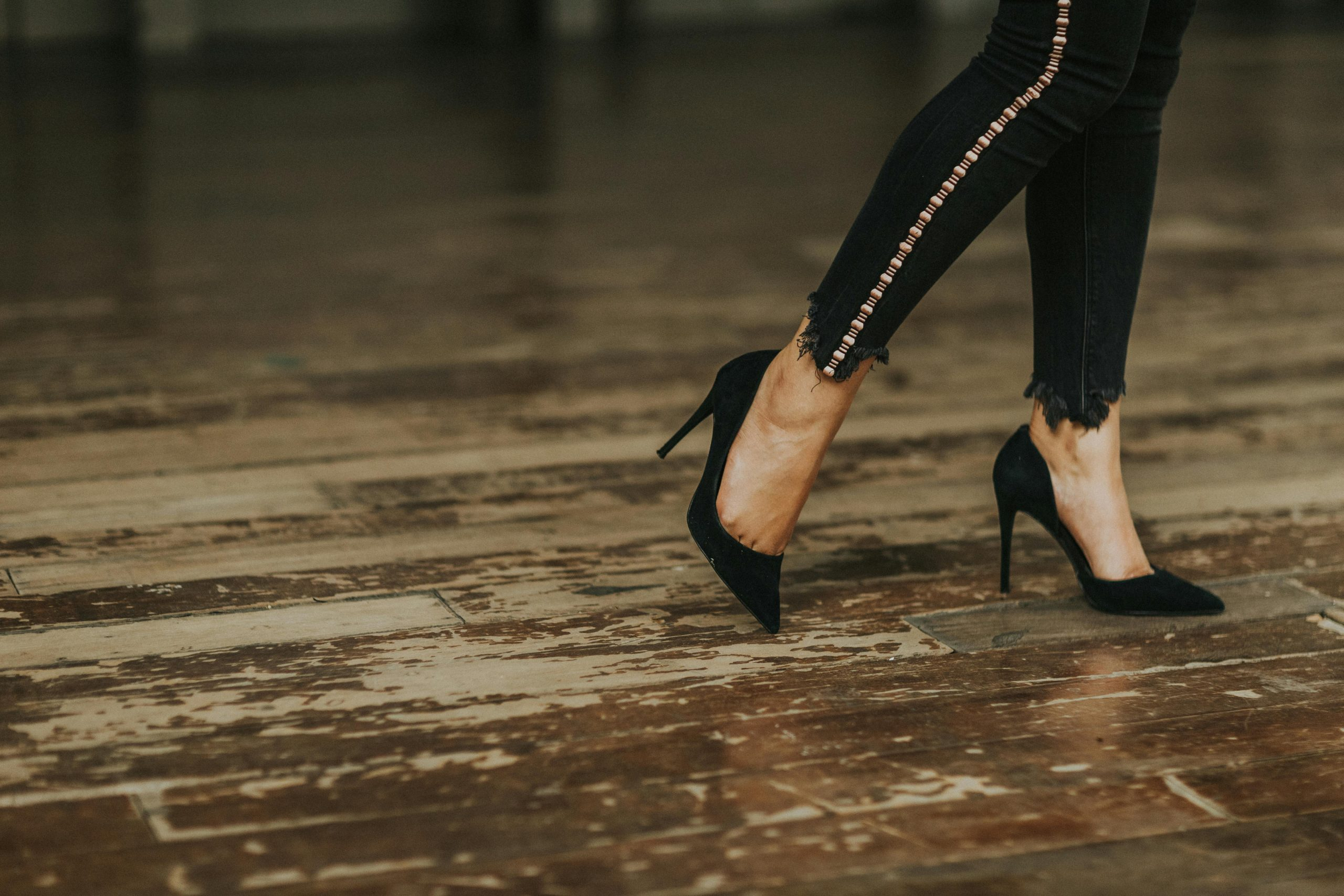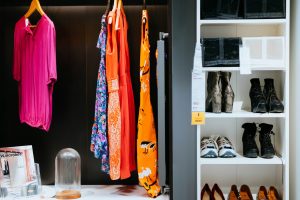The role of sustainability in a truly glamorous wardrobe
When we think of a glamorous wardrobe, images of expensive designer clothing, extravagant accessories, and high-end fashion shoots often come to mind. However, in recent years, the fashion industry has received backlash for not being environmentally friendly or socially responsible. Thankfully, the concept of sustainability has been gaining momentum in the fashion world, with more and more brands and consumers shifting towards ethical and eco-friendly practices. In this article, we will explore the role of sustainability in a truly glamorous wardrobe and how it goes beyond just fashion, but also aligns with the idea of true luxury.
The Rise of Sustainability in Fashion
Sustainability has become a buzzword in the world of fashion, and for good reason. The traditional fashion industry is known for its fast-paced production, with a constant churn of new collections and trends. This has resulted in a significant amount of waste, both in terms of resources used and discarded garments. The rise of fast fashion has also led to unethical and exploitative labor practices, often in developing countries where garment workers are not paid fair wages or provided with safe working conditions.
As consumers have become more conscious of these issues, there has been a demand for brands to be more accountable and transparent about their production processes. This has given rise to the sustainable fashion movement, with brands focusing on ethical sourcing, fair labor practices, and environmentally-friendly production methods.
The Role of Sustainable Materials
One of the key components of sustainability in fashion is the use of sustainable materials. Traditional textile production requires vast amounts of water, energy, and chemicals, which has a detrimental impact on the environment. Sustainable materials, on the other hand, are made from natural, renewable, and biodegradable resources, such as organic cotton, linen, bamboo, and recycled polyester. These materials are not only better for the environment, but they also have a lower impact on the health and well-being of the garment workers and consumers.
Moreover, sustainable materials are often of higher quality, making them more durable and long-lasting, which aligns with the idea of luxury. They may also come with certifications, such as the Global Organic Textile Standard (GOTS), which provide assurance that the materials have been produced with strict environmental and social criteria in mind.
Changing the Mindset of Consumers
In addition to using sustainable materials, another crucial aspect of sustainability in fashion is changing the mindset of consumers. Instead of buying into fast fashion and constantly chasing new trends, sustainable fashion advocates for a more mindful and conscious way of consuming. Rather than buying multiple cheap items that will quickly end up in a landfill, the focus is on investing in timeless, high-quality pieces that will last for years to come.
This shift in mindset also promotes the idea of a smaller, capsule wardrobe, filled with essential and versatile pieces that can be mixed and matched in different ways. It ultimately leads to a more curated and personalized wardrobe, which is a characteristic of true luxury.
Making Sustainability Glamorous
For a long time, sustainability in fashion has been associated with a more “hippie” or “granola” aesthetic, not quite in line with the glitz and glamour often associated with luxury fashion. However, this perception is quickly changing, and sustainable fashion is now being recognized for its sophistication, elegance, and timelessness.
Many sustainable fashion brands are now incorporating sustainable practices into their collections, using high-quality sustainable materials to create stunning and luxurious pieces. These brands are also choosing to showcase their collections in a more sustainable and creative way, such as through virtual fashion shows, instead of traditional runway shows which produce a significant amount of waste.
In Conclusion
Sustainability is not just a passing trend in the world of fashion; it is a necessary step towards a more responsible and conscious future. The role of sustainability in a truly glamorous wardrobe goes beyond just aesthetics; it aligns with the idea of true luxury, focusing on quality, mindfulness, and ethical practices. As consumers, let us continue to support and promote sustainable fashion, making it the new standard for the glamorous wardrobe we all desire.










